
Movement and variation of postures
I believe there are a number of good sitting postures and the importance of a chair is to make it easy for the user to change between them.
After just a few minutes in a seat on a train or in the cinema, we start trying to find variation and new postures. Perfect support for the body in the same posture is not the key to comfort.
Having held any posture for a while, the best posture is always the next one. Even the most “correct” way of sitting recommended by the most prominent experts becomes uncomfortable after a while.
The opposite of variation is fixation or monotony. In every sense, physical and mental, literal and figurative, variation is positive and monotony is negative.
Foot-control
Another issue related to chairs and sitting has been that ergonomists have tended to be primarily concerned with the upper parts of the body: the back, neck, shoulders and arms. The importance of the legs and feet to a person’s sense of well-being and the tasks and needs of the legs while we sit have not been an area of particular focus in ergonomics.
Why do feet play such a key role in dynamic ergonomics? Because most of the major movements we make are governed by our “pedestrian extremities”.
In my dynamic chairs, the feet control the tilt angle, and this prompts the feet to change position constantly. This frequent and dynamic use of the leg muscles facilitates blood flow, making both the brain and the body function better. This is the opposite of most tilt concepts used in work chairs, where the feet have less control, or no control at all, and have been made passive.
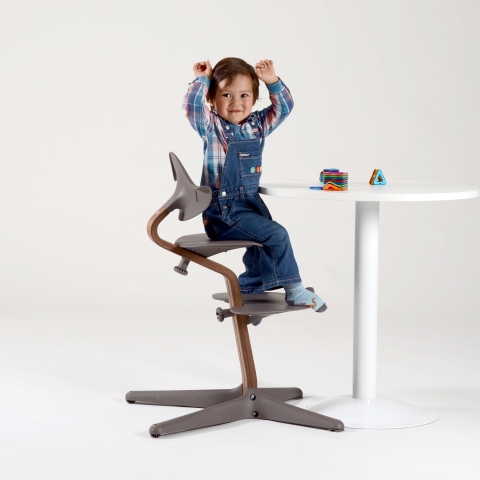
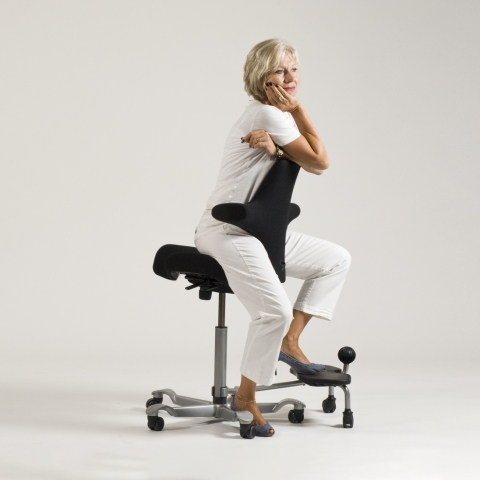
Breaking the norms of sitting
All civilizations have norms of conduct, and these apply to bodily postures and movement.
In addition to the social norms of sitting still and sitting nicely, the various authorities in Ergonomics were for many decades focusing on the sitting postures that demanded as little effort as possible to maintain and were as "relaxed" as possible. They discussed what was the optimal sitting position. Granjean (Étienne Grandjean, Swiss physician) described a semi-reclined position as the correct one, while Mandal (A.C. Mandal, Danish MD/Surgeon) and others sustained that the forward, more active position was the optimal posture.
When the various authorities in ergonomics were all promoting their one and only “correct” sitting posture, my comment was that all of them were right!
All of the recommended sitting postures were good, and I saw it as my job to design chairs that allowed as many different comfortable postures as possible and to make it easy to move and change frequently between them.
The best sitting posture is
after a while
always the next
That’s why, from the beginning of the 1980’s I have tried to break the stereotypical conception of proper sitting posture. To get this message across I created a number of products or objects whose attention-getting impact was more important than their utility. Their purpose was to gain acceptance for movement and variation of sitting postures, as this, in the end, is the most comfortable.»
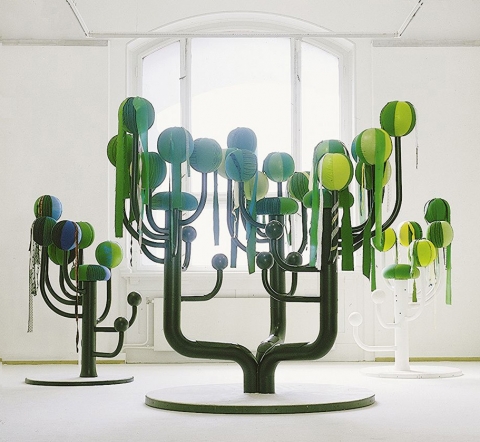
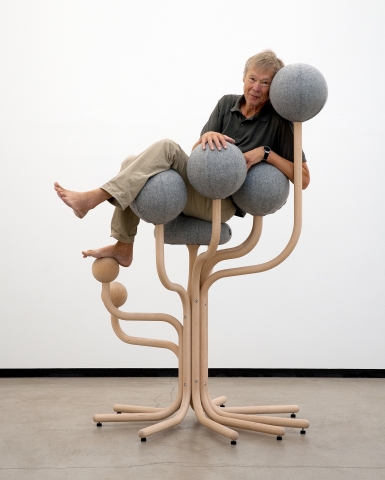
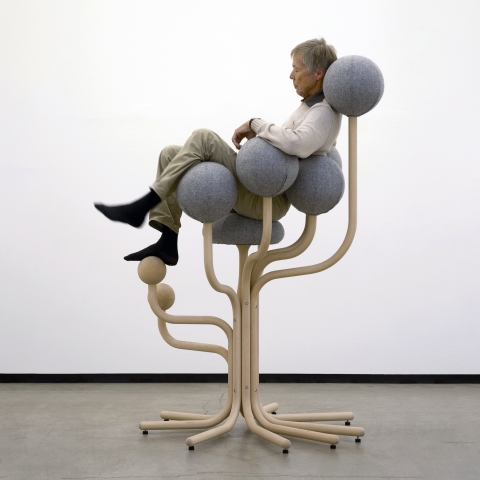
Needs to introduce more movement and variation of posture while sitting
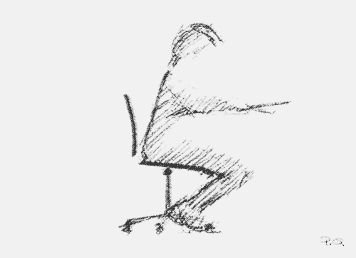
Which chair will best provide us with movement and variation of postures?
- The answer is; a chair where tilting of the chair body (seat and back of the chair are joined) is controlled by how the sitter move and place their feet and legs. This front of the seat moves up when the legs put little pressure on the seat front and down when the person lean forward and more pressure in on the seat front. Thus the position of the feet controls the tilt angle of the chair.
Why?
- Because our feet and legs have the main responsibility for moving us in almost all situations. It therefore seems only natural for me to make tilting concepts that enable the feet to continue to perform this task, also while we are sitting in a chair. They are our experts in movement.
How?
- Being well balanced is a prerequisite for effortless movement. Being in balance provides control and inspires movement, also when sitting.
The user is inspired to tilt freely from a forward-leaning position to a reclined position by tilting over a pivot point or axis under the seat right at the body's very centre of gravity.
Control
- Riders must be among the earliest long-term sitters and they always sit with a good posture and a well balanced upper body. The stirrup ensured good (foot) control whilst moving with the horse. The feet are experts on moving us also when we sit.
Support or freedom of movement
Another way of inspiring more variation of sitting postures is to make cut-out spaces for arms and legs which gives the user freedom to vary his or her posture. Another advantage is that the such a chair can be used with practically any of the table heights offered by adjustable desks.
With Capisco the user can choose any thigh angle from almost vertical to horizontal.
Alternating between sitting high and sitting low during the workday provides a welcome variation. When leaning forwards, we feel most comfortable sitting fairly high up, but when leaning back, it is nice to sit low and put the feet up. When leaning forwards we get no support from the backrest, so why not sit on the chair back-to-front using the back support as a chest support?
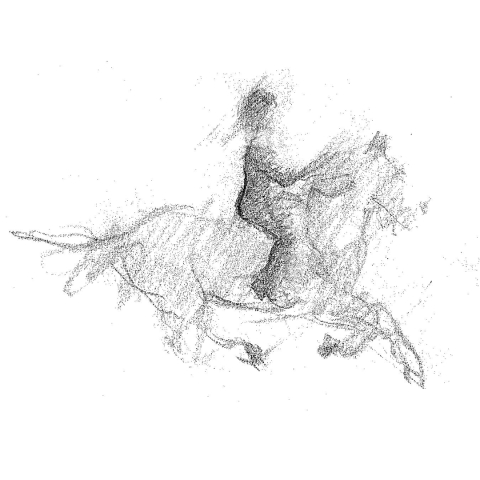
The inspiration for “The saddle chair” was a horseback rider’s dynamic posture. The goal however was to create a sitting device or work chair that would invite the user to assume the greatest number of sitting postures possible.
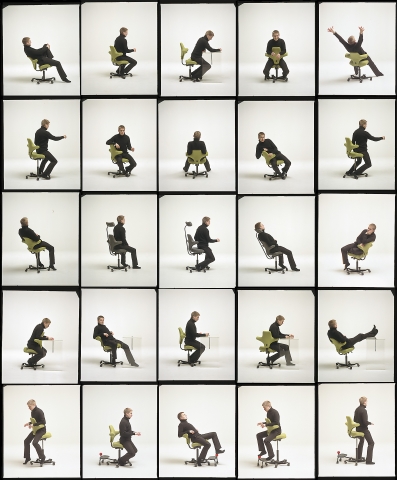
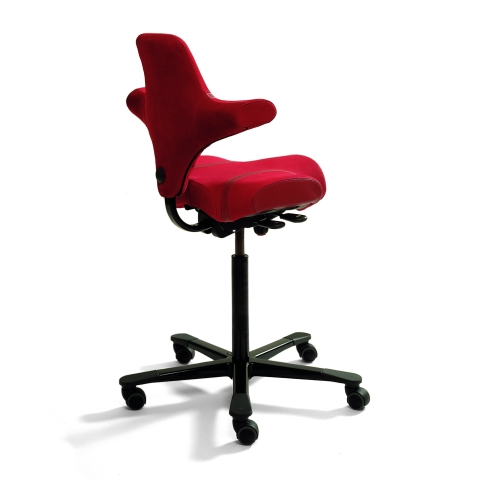
More about Peter Opsvik´s thoughts about sitting:
A historical view on sitting
Movement and variation
Tilting concepts
Favourite postures
Chairs growing with the child
Some thoughts on design
Environmental values
Rethinking sitting – the book